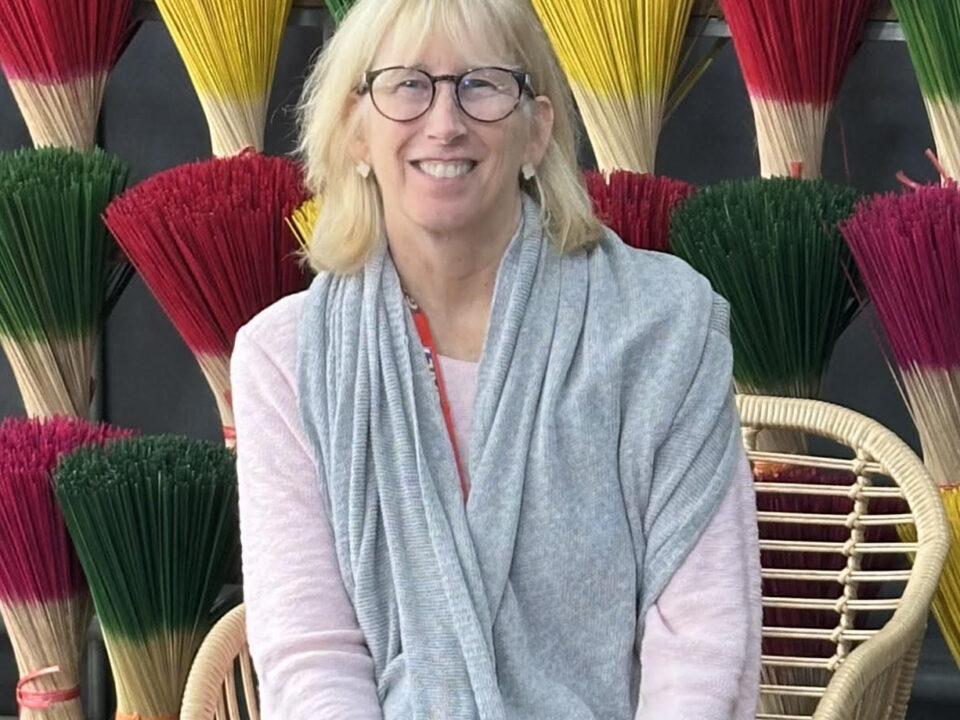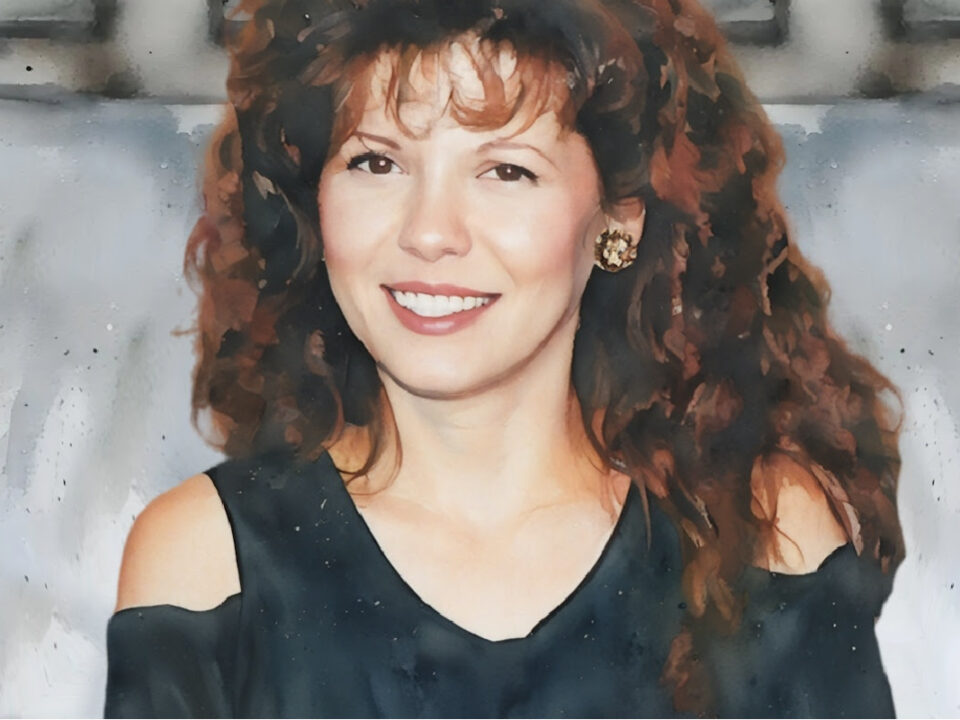
Tracks and Traction on Your Better Chart–The Ultimate Guide for Recharting Your Business Path (Step 5)
May 30, 2020
What Is The #1 Reason Anyone Chooses Your Certification?
June 24, 2020Crystal Ball Conundrum
Lessons Learned on the Front Lines of Tough Choices
Put 25 CEOs from different associations, each representing a profession or industry unlike each other, in one Zoom call and you quickly see how much alike they are.
This happened earlier this month. Near the end of the session, one CEO said what everyone else was thinking but had not yet said. “We are working so much harder now and the truth is we have no idea what’s ahead, so I just wish for a crystal ball. Each day we are making tough decisions and the next day it pivots again and we end up rethinking and deciding something else.”
Because of that defining moment, what rushed to the top of my mind were voices of several hundred CEOs, not in this meeting, who had lessons learned on the front lines of tough choices, to share. Through me, the guide. To share with the whole tribe. It’s true the past 7 months have been strange and not what any of the associations or credentialing leaders put in their strategic plan for 2020. What struck me as profound were the voices from the most recent 7 years—all with words of wisdom and some comfort for CEOs wandering into the crystal ball conundrum.
You Don’t Need a Crystal Ball; Instead, Find Your Crystal Ball Network
In our work with more than 500 professions and standards-setting groups, we notice that some are more likely to overlap or run into massive confusion with other professions. This starts to show up when working on what the profession uses as their ultimate guides for scopes of practice. Some call these their Body of Knowledge (BOK). Some call them Competency Models. Others call their ultimate guide the candidate handbook, which contains a summary of findings from the Job & Task Analysis (JTA) research.
When working with the leaders of the change management profession in 2013 to create ACMP’s Standard for Change Management© we noticed the expansiveness of it. For example, many CEOs and everyone who reports to them are managing change all day long. Whether or not they call themselves change managers they are hip-deep every day in change management principles and practices. We would not say the same for the work completed for healthcare interpreters because most CEOs do not work in a healthcare situation and interpret two or more languages and cultures in life and death situations.
Who Do You Know In the Crystal Ball Business?
One lesson or takeaway for every CEO asking for a crystal ball is they might ask this one question: Who seems to be in the crystal ball business and might have one they can share with me?
There’s an association for everything, right? More than 92,000 trade and professional associations in the U.S. There’s probably a Competency Model and accompanying books, online courses and downloadable white papers for anyone who wants them for expansive areas such change management, human resource management, instructional design, and online training, and communications, just to name a few. Add to that the World Future Society and you can probably find a fellow CEO who says what they do involves a crystal ball—future forecasts and future models, all of the time.
Better than a Crystal Ball is a Place to Feel Safe to Figure Out Your Next Moves
Why do CEOs put together invitation-only Zoom sessions and mastermind groups? One reason is they have no time to waste playing games and want to get in a high-trust conversation with others like them, who will help them—creatively and without judging. Here’s some immediately useful information from the most recent 7 years in our firm’s 40-years as Go-To Guides for Leaders of Professions and Credentials Creators.
Three Feelings CEOs Have in Common
No matter how much you thought you knew about the CEO position before you stepped into it, many colleagues admit, in total confidence, nearly all experience these three feelings:
- Power of unlimited imagination and change. This feels great, much like winning the lottery. At first, this feels like ultimate acceptance and high need for the strengths, skills, and magic that’s uniquely you. Within days or weeks, you discover the mess or broken relationships that the CEO before you left for you to handle. All of your needs (accomplishments, money, access) will be met only, and AFTER you have served the needs of everyone touched by your industry’s body of knowledge—whether or not they are members or customers or see themselves as stakeholders.
- Loneliness and isolation. Everyone on the call last week demonstrated this. They said they were so glad to “see the faces” of other CEOs and said how much they missed in-person meetings, lunches and conversations closer than 6 feet apart. Most say they need a sounding board outside of their organization, staff, committee members, and such.
- The pressure of final responsibility. Not until you become a CEO do you feel that noose around your neck. It’s hard to explain to anyone you might mentor up to become CEO. There is simply no way to slip out of it. All the team training in the world does not allow the CEO to delegate or reassign it. It’s your job until it’s not.
Better Than a Crystal Ball Is A Framework For Creating And Collaborating
Even if I put that crystal ball on your desk today, did you want to know that much about the future? Instead, is your greater need to feel safe to innovate and try new things without negative thoughts—from yourself, mostly and then from others?
All of this points to why we created the Ultimate Guide for Recharting Your Business Path in April.
We started five weeks ago for these two reasons:
- We have choices every day and one choice in April was to react to conditions or respond. One choice was to be passive and wonder when it’s safe to come out. Few can afford that option. So figuring out how you are going to make a difference and respond to the desires, needs, and humanity of others, starting with your rings of relationships—that seemed like the better choice.
- We’ve worked with futures thinking and futures design work for 40 years. You–our tribe, credentials creators are masters of future thinking because they have to think forward at least 5 years into all possible scenarios, good and horrible, to define an exam that is valid three years from now—possibly 10 years.
The situations at the moment are unprecedented. The frameworks to explore new options, ask better questions, and chart new paths to tomorrow, next week, next month, next year are with us now.
Think of the best, guided tour you ever had. The guide knew more about the subject, the territory than you and made you curious about going there. Going on the journey was your choice and commitment; so, amplifying and narration of that journey seemed like a smart way to navigate something new to you.
That’s why I show up as The Guide with the maps. That’s better than a consultant, advisor, or guru. That’s why I prefer you to speak up and participate. Where do you want to go? What do you want me to point out next? What have you always wondered about? What insights and context would you like, to add meaning to your choices and decisions?
About your Guide: I am a journalist, thinker, and writer—a normal person who worked through the struggles we all go through. I became a CEO and learned those three CEO feelings are all true. Like you, we want to know who we are, why we are here, and what living, being, working means for us. And we want to know that before we die. We know for sure that will happen and time is the one thing that we never get back. We can lose and regain health. We can lose and regain love. There are no “do-overs” on living.




